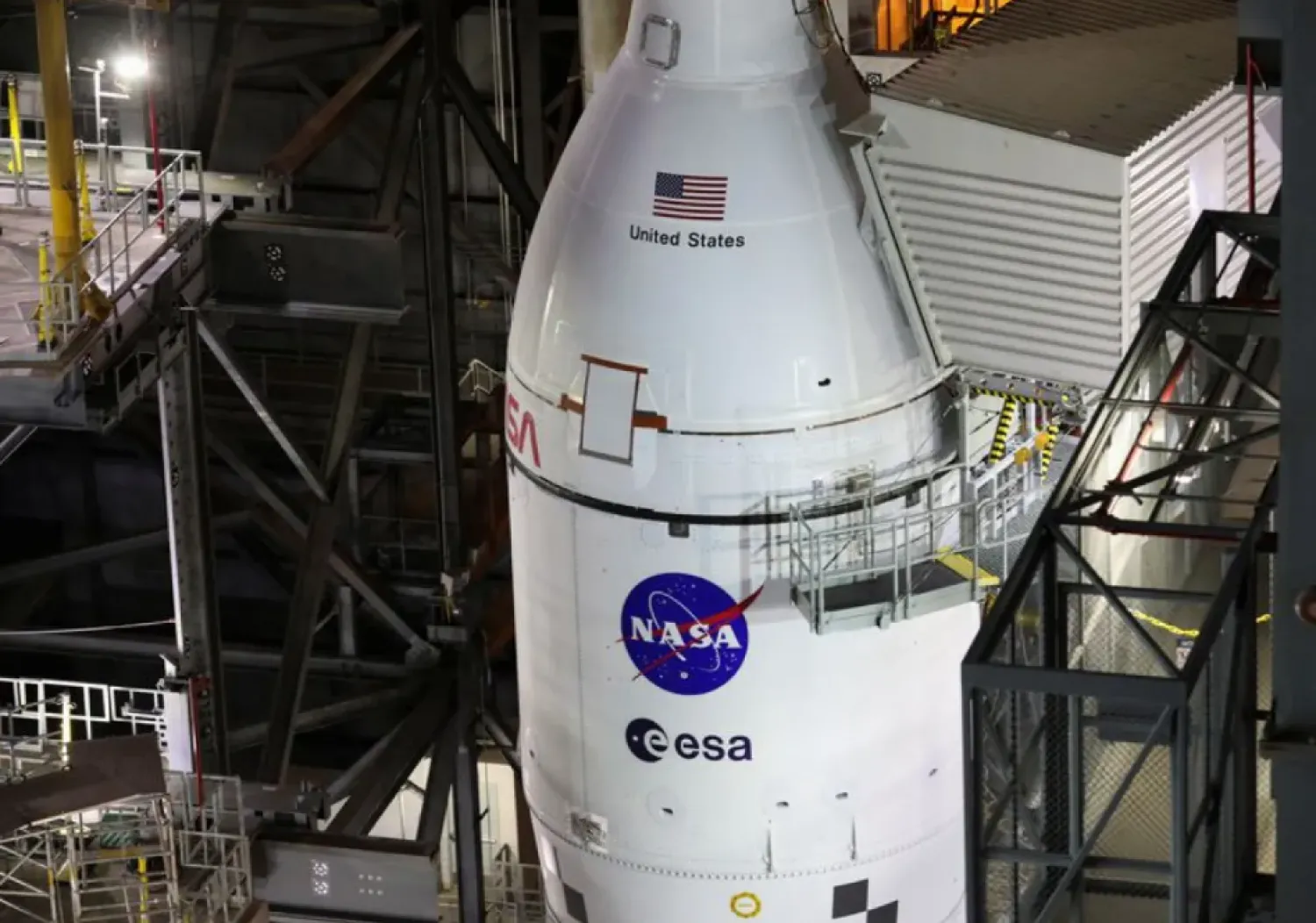A team of scientists and engineers have landed in Antarctica to test a drone that will help experts forecast the impacts of climate change. According to BBC, the autonomous plane will help map areas of the continent that have been out of bounds to researchers.
It has been put to the test in extreme weather around Wales' highest peaks. Its first experiment will survey the mountains under an ice sheet to predict how quickly the ice could melt and feed into global sea-level rise.
Scientists want to understand Antarctica better, but they are limited by the existing technology. Strong winds, below-freezing temperatures and sudden storms are common. These dangerous conditions, as well as dark winters and the need to transport pilots and large amounts of fuel, put limitations on the use of traditional crewed planes.
The British Antarctic Survey developed the new drone with UK company Windracers to be easily repaired if something goes wrong.
The drone was tested in Llanbedr, Eryri (also called Snowdonia) in north Wales - a stand-in for the difficult weather and terrain of Antarctica.
During a practice run in strong winds with rain lashing the airfield, engineer Rebecca Toomey explained that the drone can fly to remote areas without concerns for pilots' safety during flight trials amidst strong wind and rain.
It can carry 100kg of cargo up to 1,000km. Instruments including radar and cameras are loaded in the back of the drone and on its wings. Its route is programed in and an engineer monitors the flight from a computer.
Rebecca will operate the drone from Rothera base in Antarctica, but eventually the British Antarctic Survey hope to fly it from the UK.
It also uses much less fuel than traditional planes - 10 barrels compared to 200 on one research flight - reducing the environmental impact of scientific research on the planet.









